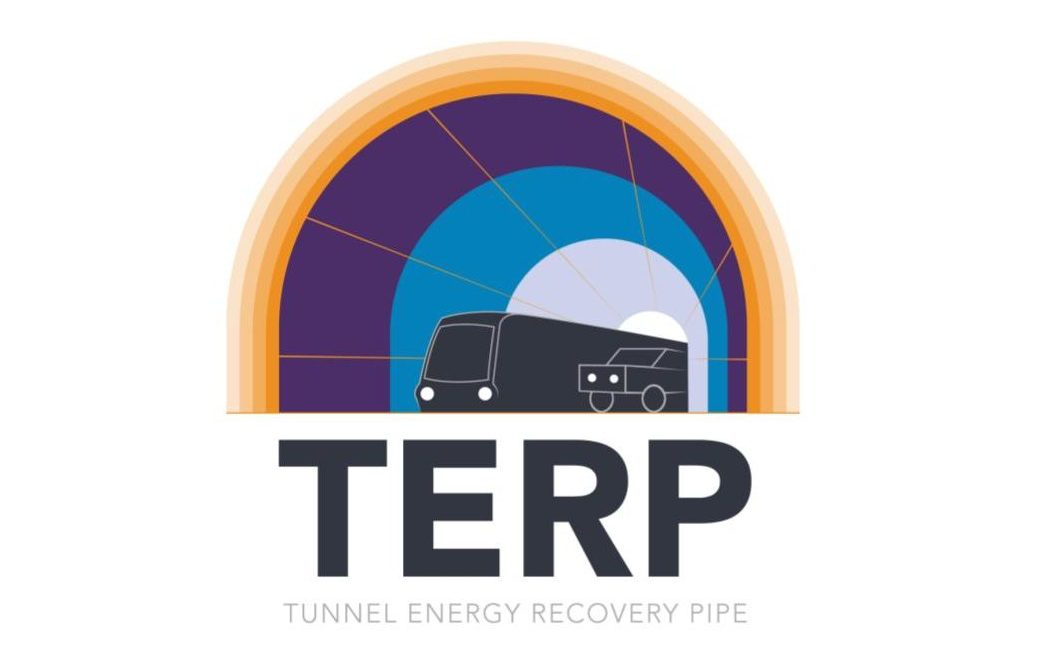SHARE
Tunnel Energy Recovery Pipe
Introduction
By international agreements on the application of energy improvements to more independently in the future of fossil fuels are more innovative solutions applied. In this research are thermal energy improvements in and around a road tunnel approved. The reference project for this research is the Ketheltunnel on the A4 between Rotterdam and Amsterdam.
Heat flows in road tunnels
The heat flows in a traffic tunnel can be determined by heat emission of traffic, ventilation system in the tunnel and heat generated or given by the architectural construction.
Why is this unique?
To assume the amount of heat emission of traffic there will be placed heat exchangers in the walls of the traffic tunnel. These included waste heat serves as heat source for a heat pump. By using waste heat, the efficiency (COP = Coefficient of Power) of a heat pump will be much higher. And there is also waste heat when you needed: in the winter. To expand this heat-recovery system with ground heat exchangers it is also possible to deliver cooling. And by extending the water cellars the system is more stable.
Of course, there are currently many developments of full electric driving but also of alternative fuels such as hydrogen and biofuels. When we drive electric with a fuel cell on hydrogen the heat output will be in any case at least 50% compared to an internal combustion engine. As a result, there is still enough heat that can be used as a source useful heat for the heat-recovery system in a traffic tunnel.
Conclusions
There is enough heat from the traffic available to use this as waste heat. There is also around the tunnel enough space to apply ground heat exchangers and expanding the water cellars. The pay-back time of the whole system is less than 5 years.
